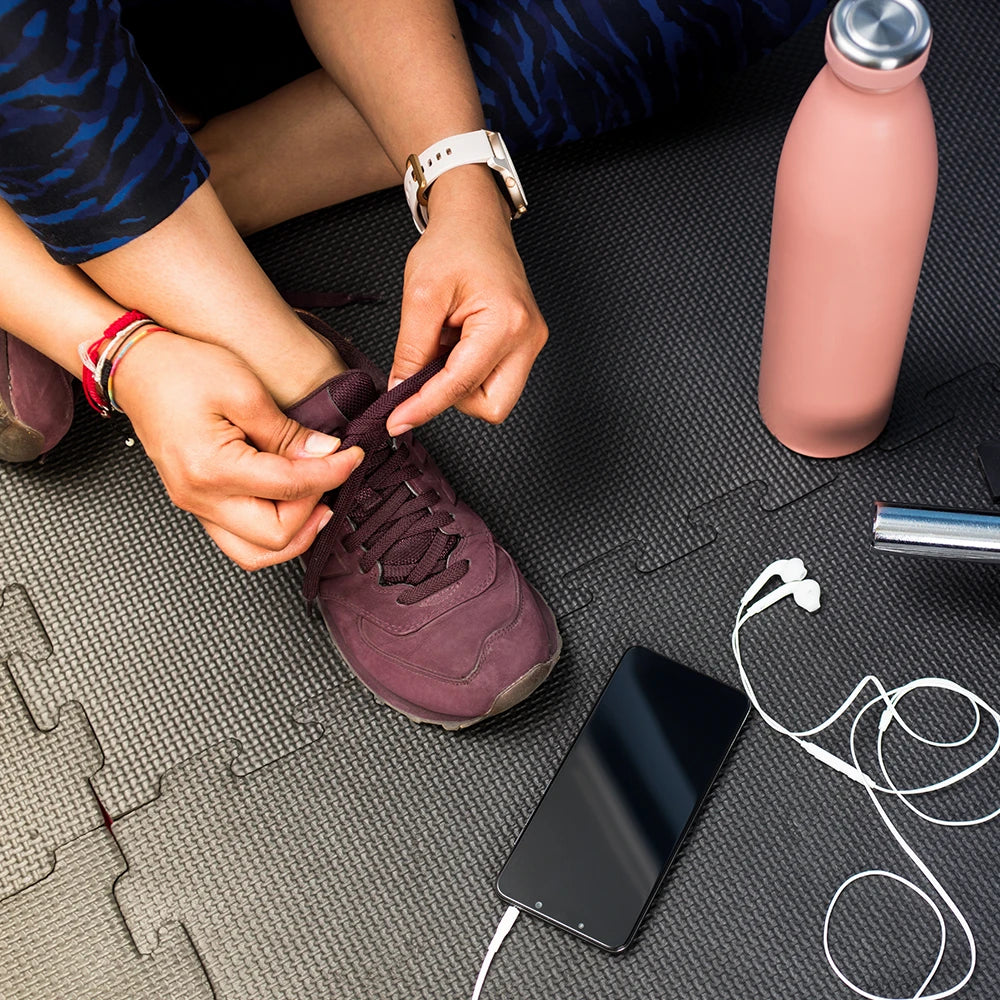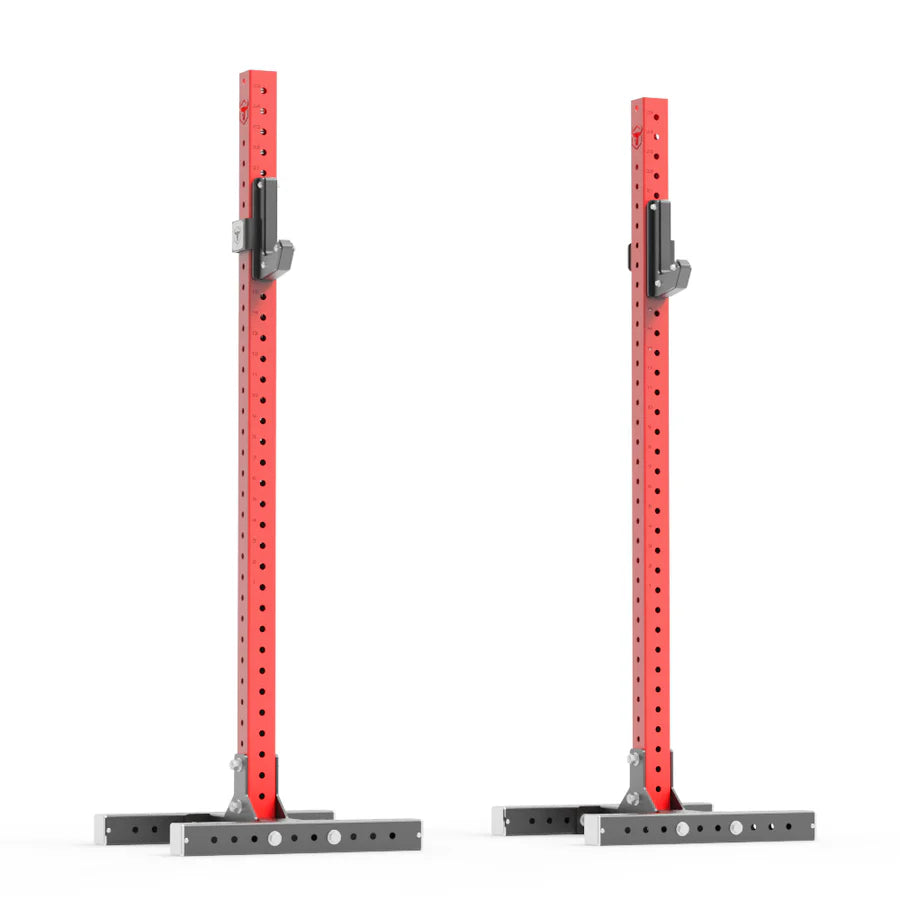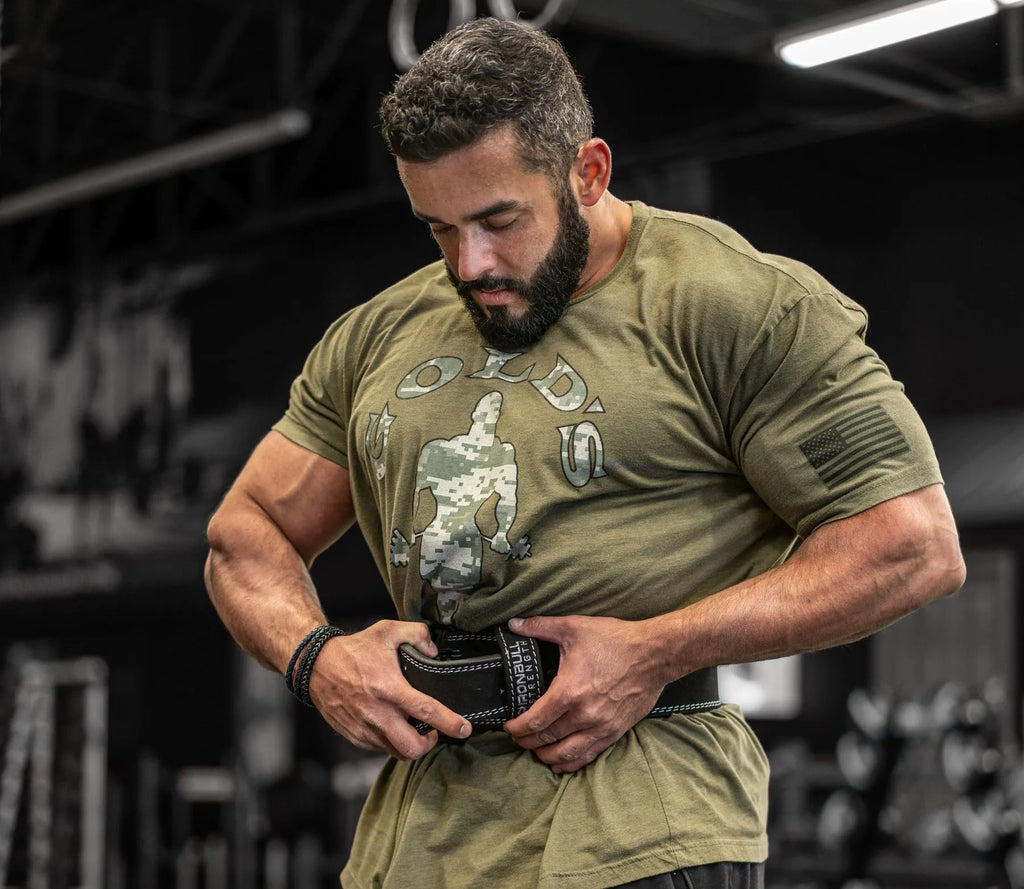Home Gym Flooring VS Commercial Gym Flooring

Understanding the Thickness Differences
When it comes to gym flooring, the thickness can make a big difference, especially between home and commercial setups. Home gym flooring usually ranges from 10mm to 20mm in thickness, which is great for most casual workouts.
Commercial gyms, on the other hand, need flooring that's a bit more robust. They typically use tiles between 30mm to 40mm thick, designed to handle more intense use.
So, if you're just doing light to moderate exercises at home, anything over 20mm is probably overkill unless you're lifting heavy.
Now, if you're planning on getting serious with your weightlifting at home, you might consider investing in a durable squat rack. This kind of setup might need thicker flooring protection to handle the extra weight safely.
Material Composition: Foam vs. Rubber
When it comes to the material used in gym flooring, home gyms often lean towards high-density foam. This is a great choice for lighter, moderate workout spaces.
Commercial gyms, however, require something a bit more rugged. Rubber flooring is the go-to here, as it's capable of handling heavy-duty use and weight drops. In commercial free weight zones, rubber is essential for its superior durability.
If you're looking for added durability in your home gym, consider pairing your flooring with rubber bumper plates. These will protect your surfaces during heavy lifts, giving you a bit more peace of mind.
The Role of Underlay in Gym Flooring
In home gyms, underlay isn't usually a top priority. The cost and uncertain benefits in lighter workout environments often mean it's skipped altogether.
Commercial gyms, however, take underlay seriously. It's crucial for protecting the base floor and absorbing sound and vibration from dropped weights.
In high-traffic zones, underlay can be essential for soundproofing and protecting the structure of a gym floor. If you're building a home gym, a weight bench can complement your setup, ensuring comfort and stability during various exercises.
Subfloor Considerations: Reinforcement and Insulation
In commercial gyms, a reinforced subfloor is often installed. This offers additional insulation and protection against heavy weights.
Home gyms, on the other hand, usually skip the subfloor. Rubber tiles are typically installed directly over the base floor, which is adequate for moderate workouts.
In commercial settings, a subfloor is crucial for enhancing durability and providing better shock absorption. For home gyms, dumbbell sets are a versatile addition, working well with or without a subfloor due to their lighter impact.
Sound and Vibration Control
Commercial gyms put a lot of focus on noise reduction and minimizing vibration from constant weight drops. This makes thicker flooring and underlay critical.
Home gyms are less likely to experience such heavy vibrations and noise. Flooring designed for quieter workouts is often sufficient.
If soundproofing is a concern for you, thicker rubber tiles and underlay can help. However, this isn’t as necessary for most home settings.
Consider incorporating adjustable kettlebells into your routine for low-impact strength training that works well with standard home gym floors.
Choosing the Right Flooring for Your Gym
Commercial gym flooring is built for high performance, offering superior durability, insulation, and acoustic control.
Home gym floors don’t need to match this intensity. You can opt for more budget-friendly, lighter options like foam or thinner rubber tiles.
For casual workouts or lighter use, home gym flooring can balance durability with cost-effectiveness.
To ensure proper support during weightlifting, consider using a lifting belt. This will protect both your body and your flooring setup.










